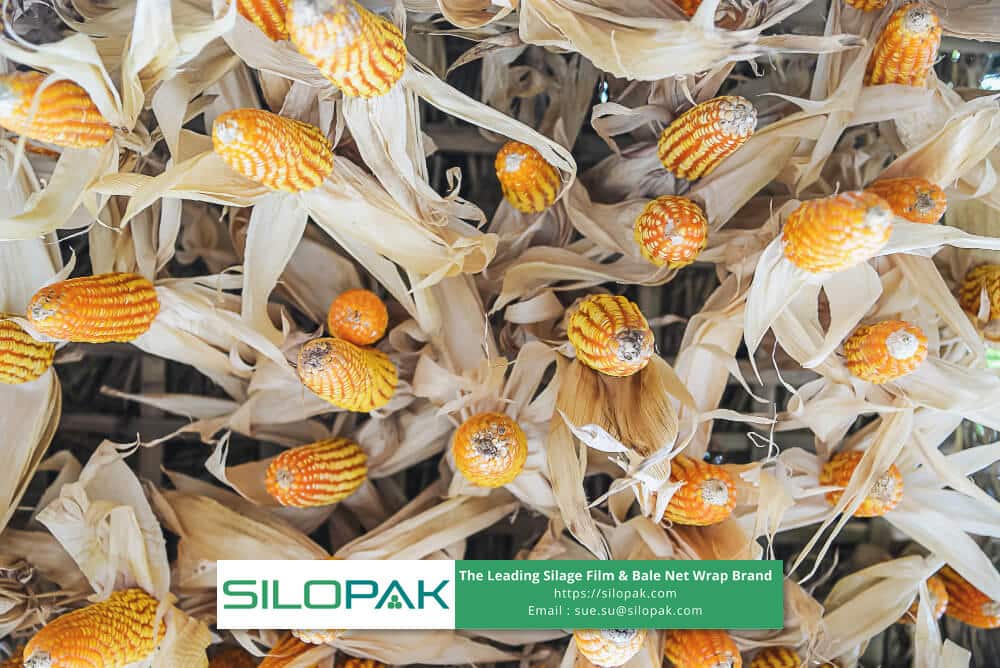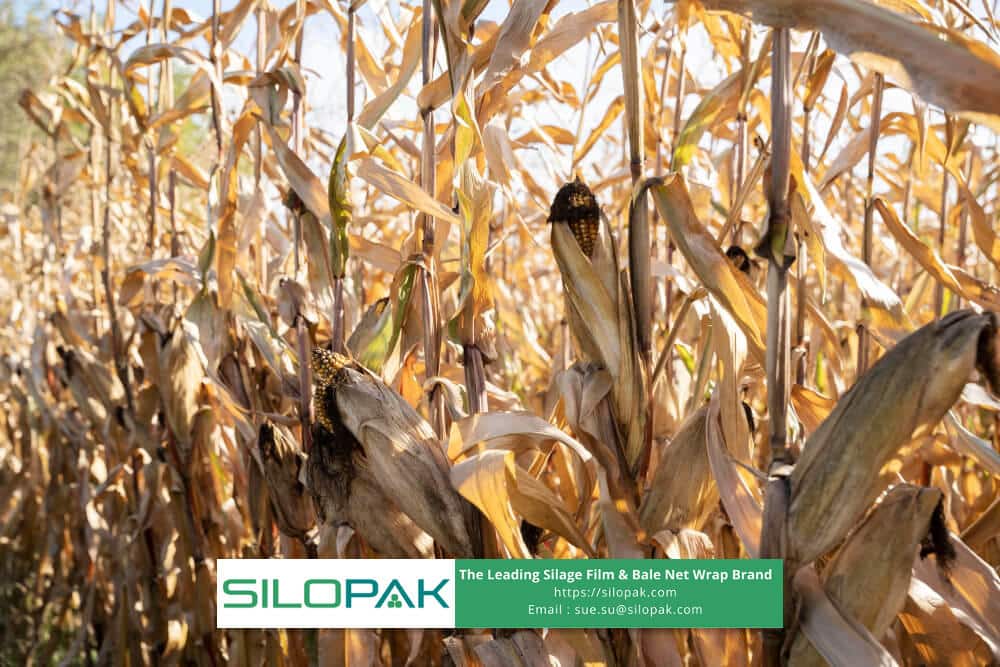
Farmers usually throw away the corn stalk when harvesting the kernels. However, this part is still beneficial. As one of the most important agricultural products, many countries cultivate it. This plant is versatile and can adapt to many kinds of conditions. Many climates can be handled, but this plant still can grow well. History records that the lovable grain is this. It has a minimum level of allergy. Recent data from all over the world show that corn ranks first as a grain plant grown. In a year, the production of corn can reach approximately 1 billion metric tons.
contents
Corn Stalk, Another Beneficial Part
As food for human, corn could provide some nutrition including carbohydrate that is important for energy. Beyond that, another part that is as beneficial as the kernel is the corn stalk. Unfortunately, the people who don’t know about this will throw it away. As the harvest finished, imagine the amount of the stalk thrown away if it’s not used. It is treated as agricultural trash whereas it possesses some qualities.
The nutrients in this part are potassium, phosphorus, cellulose, protein and fibre. With this substance, it will be good for livestock. Farmers and agriculture experts have found a way to maximize the benefits. Not just for livestock but also for making fertilizer to support soil fertility. However, we will focus on its benefits for husbandry.
Livestock Love Corn Stalk
Turning this harvest residue into forage is the best decision ever. Besides the nutrients that are certainly good for the livestock, the amount is also amazing. This can be the alternative source of forage, even if it can be the main source.
The experts and the farmers identified the most suitable season for using this is winter. In that season, the other forage sources are scarce. Sheep, goats, cattle and other livestock love this crop. This is quite palatable, there is no worry over the appetite.
Mutualism
Out of winter season, livestock can also graze corn stalks. After harvesting, there are remnants left in the fields. Cleaning these remains requires precision because many are small. There are also many kernels tucked between mounds of soil that are difficult to clean. The livestock could directly eat from the field and help the farmer to finish their work without working too hard on this. This is a very fun mutualism where the field will be cleaned at once so the livestock can fulfil their nutrition needs.
Corn Stalk for Winter Feeding
In winter, they can eat the stored forage. The temperature in this season is very low. Grazing might not be the best choice. Besides, snow covers the plants. Meanwhile, living creatures can’t stand the cold temperature if they have to graze outside. The need for feeding supply in this season is more than usual because the animals have to keep their bodies warm. Because of this extra need, these are the things you can do in winter.
Give Unlimited Access to the Forage
The desire to eat in winter will come again and again. It will be exhausting for you to bring the forage from the storage to them more often than usual. Giving them unlimited access to the forage is a good choice. They don’t have to rely on your schedule to bring the forage. Make sure to remove the net wrap of the film first.
Pay Attention to the Hygiene
Extremely low temperatures put the animals at high risk of sickness. Spread the forage in clean areas to prevent diseases. You can use a feeder or feed bunk to keep the forage and hay clean.
Good Preparation Before Winter
After knowing that livestock will eat so much more in winter, the preparation should be excellent. Giving increase and unlimited access to forage to the livestock gives another consequence: budget.
You should provide more than the usual. Money management and the perfect forage making is a must. The failure of forage-making will be a big loss. They also need high-quality forage because it makes them stronger. Complete nutrition will make their body system run well, as we know that the low temperature invites many diseases to come easily.
For ruminant animals, the digestive system is their source of heat. Evening is the perfect time to give them unlimited access to the forage (or twice is still okay). When the temperature reaches the coldest, they will rumen to survive.
Prepare the Bedding
The corn stalk can also be used as the bedding. Winter is really something that even animals with thick fur will feel the coldness. To prepare a comfortable place to live, extra bedding in winter is great, especially for young animals. Young animals are more vulnerable.
Water Supply
In other seasons, water supply might not be a problem. In winter, the water can be frozen. Double-check on the water to save the supply. Some livestock animals can manage to eat snow, but some others don’t. Cattle need extra clean water especially when the menu of the day is hay. Otherwise, they will lose their appetite resulting in weight loss and health decline.
All the steps above have to be noticed because sometimes the sudden increase of the portion brings bad effects. The key to doubling the portion is doing it gradually.
Corn Stalk For Industrial Purpose

The process of making the forage out of corn stalks in big amounts needs something extra. The manual is not enough. This is because the industrial purpose usually involves large-scale production. You need advanced machinery that will help. Also, a sophisticated system is required to make the operation easy. The process starts with cutting, and then shredding. Then the crop will be cleaned and dried.
Jummos provides agriculture machinery. The machines are designed to help farmers in baling and wrapping the forage. With the high effectiveness (has been tested) the machines can manage to speed up the step. The high amount of jobs can be done faster. We are ready to help farmers with the corn stalk.

